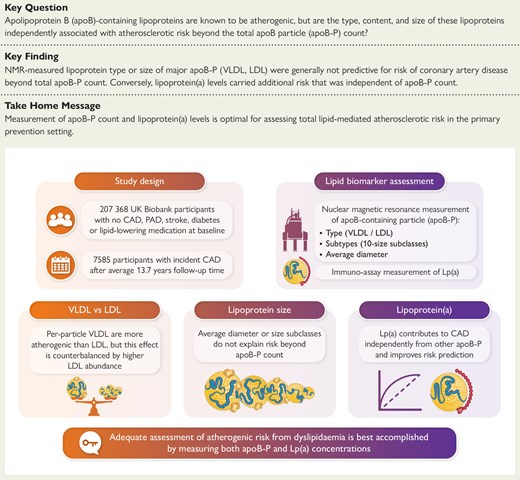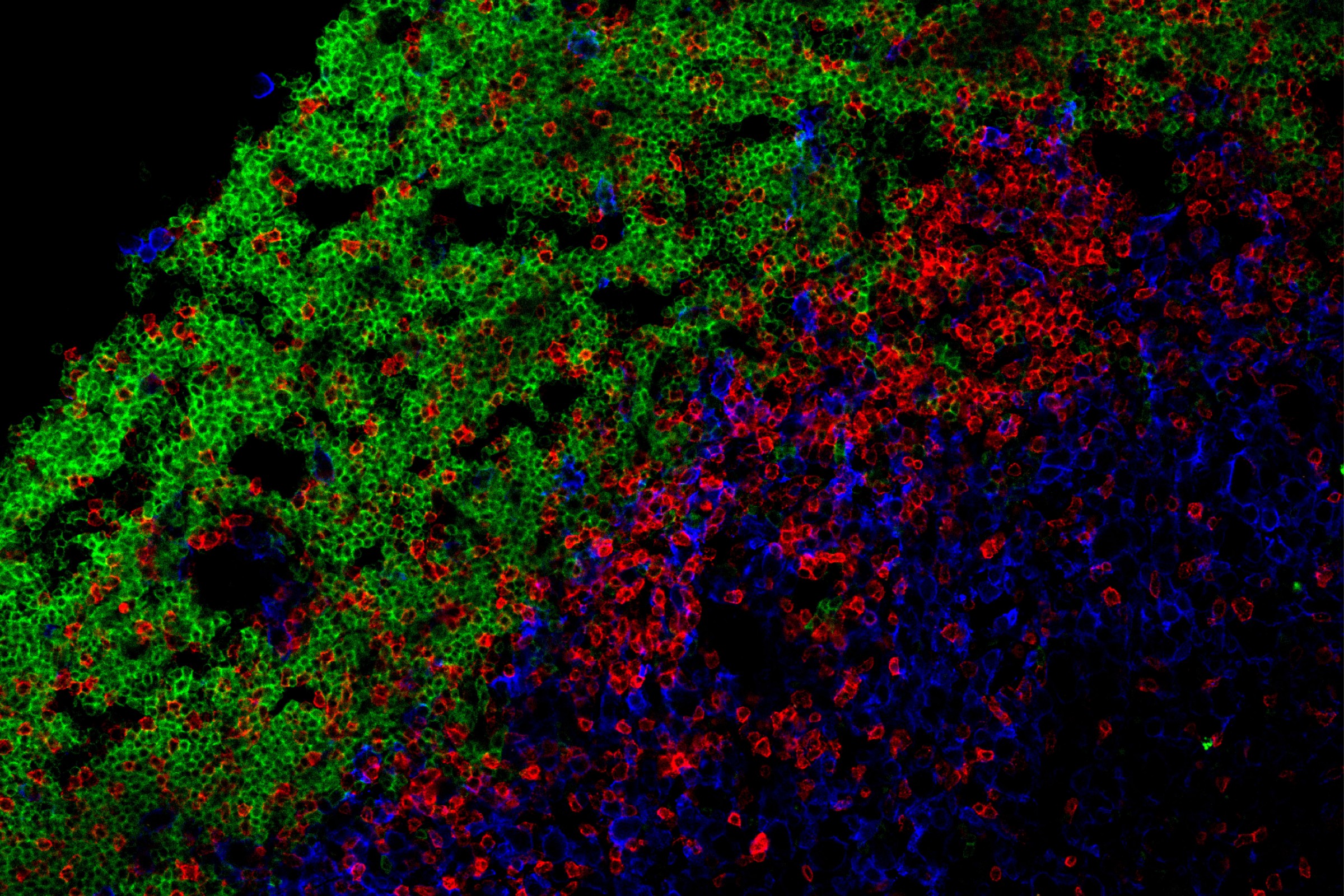2025-04-28 コペンハーゲン大学(UCPH)
<関連情報>
- https://news.ku.dk/all_news/2025/04/bacteria-use-ancient-war-trick-to-outsmart-viruses–and-it-could-help-us-fight-superbugs/
- https://www.science.org/doi/10.1126/science.ads6055
塩基修飾ヌクレオチドが細菌の免疫シグナル伝達を媒介する Base-modified nucleotides mediate immune signaling in bacteria
Zhifeng Zeng, Zeyu Hu, Ruiliang Zhao, Jikai Rao, […] , and Wenyuan Han
Science Published:20 Feb 2025
DOI:https://doi.org/10.1126/science.ads6055
Editor’s summary
Immune signaling through nucleotide-based second messengers is a widespread defense mechanism observed across organisms, from bacteria to animals. Zeng et al. discovered a base-modified nucleotide, deoxyinosine 5′-triphosphate (dITP), that acts as an antiviral immune signal in bacteria. Produced through a cascade involving a bacterial adenosine deaminase and phage-derived nucleotide kinases, dITP activates a downstream effector that kills infected bacteria, thus halting viral spread. Some phages carry enzymes that degrade deoxyadenosine monophosphate (dAMP), the precursor of dITP, and thus evade this defense. These findings expand the range of nucleotide-based immune signals and highlight the ongoing bacteria-phage arms race for controlling nucleotide metabolism. —Di Jiang
Structured Abstract
INTRODUCTION
All living organisms must defend themselves against viruses. To do so, they rely on immune systems that detect infections and activate defensive responses, often by producing signaling molecules. Immune systems across bacteria, animals, and plants use similar immune signaling molecules, including cyclic (oligo)nucleotides and adenine diphosphate ribose (ADPR) variants. However, it remains unclear whether other types of immune signals exist.
RATIONALE
To uncover bacterial antiphage systems, researchers often mine “defense islands,” genomic regions where immune systems cluster. By using this approach, we identified a previously uncharacterized three-gene system providing broad and robust antiphage protection. Investigating the underlying mechanisms revealed an immune strategy wherein the system hijacks a phage enzyme to produce a base-modified nucleotide signal. We named the system Kongming, after a Chinese strategist known for using the enemy’s resources against them.
RESULTS
Kongming encodes three proteins: KomA, an adenosine deaminase; KomB, a modified HAM1-family purine pyrophosphatase; and KomC, a SIR2-like enzyme with nicotinamide adenine dinucleotide (oxidized form; NAD+)–degrading activity. The system is activated by phage deoxynucleotide monophosphate kinases (DNKs), which are introduced by infecting phages to facilitate their own replication. However, in the presence of Kongming, this phage enzyme instead contributes to the production of deoxyinosine triphosphate (dITP), a base-modified nucleotide that acts as an immune signal.
dITP binds to the KomBC complex, triggering the rapid depletion of NAD+, a molecule essential for metabolism. This depletion halts cellular activity, preventing phage replication and safeguarding the bacterial population by sacrificing infected cells. Structural and biochemical analyses indicate that KomB has lost its original enzymatic function and now serves as a specialized dITP sensor, enabling activation of KomC’s NAD+-degrading activity.
Kongming generates dITP through two distinct pathways, both requiring collaboration between KomA and phage DNKs. This dual-route synthesis suggests that Kongming has evolved to counter diverse phage replication strategies. In response, some phages have developed a counter-defense enzyme, deoxyribonucleoside 5′-monophosphatase, which depletes deoxyadenosine monophosphate (dAMP), the precursor needed for dITP production, effectively inhibiting immune activation. This ongoing molecular arms race highlights the coevolution of bacterial defenses and phage countermeasures.
Comparative genomic analysis indicates that Kongming has evolved through modular rearrangements, with KomB and KomC consistently found together across bacterial species, whereas their association with KomA is more variable. This suggests the existence of an unexplored diversity of this immune strategy in which Kongming has diversified to combat different viral threats.
CONCLUSION
This study expands the known repertoire of immune signaling by introducing a nucleobase-modified nucleotide as an immune messenger. Unlike other immune pathways, which generate signaling molecules relying on their own enzymatic activities, Kongming hijacks a phage enzyme to complete its immune response, illustrating an unexpected strategy in host-virus interactions. These findings deepen our understanding of bacterial immunity and the molecular battle between bacteria and their viruses.
Mechanism of a nucleobase-modified nucleotide immune signaling in bacteria.
(Left) Defense mechanism of the Kongming antiphage system. KomA and phage DNKs mediate synthesis of the dITP signal, which activates the KomBC effector complex for NAD+ depletion. (Right) Comparison of Kongming signaling with the immune pathways across bacteria, plants, and animals that utilize cyclic-(oligo)nucleotides and ADPR variants as signaling molecules. dADP, deoxyadenosine diphosphate; dIMP, deoxyinosine monophosphate; dIDP, deoxyinosine diphosphate; dITP, deoxyinosine triphosphate; cADPR, cyclic ADPR; ATP, adenosine triphosphate; UMP, uridine monophosphate; CMP, cytidine monophosphate; TIR, Toll/interleukin-1 receptor; RNase, ribonuclease.
Abstract
Signaling from pathogen sensing to effector activation is a fundamental principle of cellular immunity. Whereas cyclic (oligo)nucleotides have emerged as key signaling molecules, the existence of other messengers remains largely unexplored. In this study, we reveal a bacterial antiphage system that mediates immune signaling through nucleobase modification. Immunity is triggered by phage nucleotide kinases, which, combined with the system-encoded adenosine deaminase, produce deoxyinosine triphosphates (dITPs) as immune messengers. The dITP signal activates a downstream effector to mediate depletion of cellular nicotinamide adenine dinucleotide (oxidized form), resulting in population-level defense through the death of infected cells. To counteract immune signaling, phages deploy specialized enzymes that deplete cellular deoxyadenosine monophosphate, the precursor of dITP messengers. Our findings uncover a nucleobase modification–based antiphage signaling pathway, establishing noncanonical nucleotides as a new type of immune messengers in bacteria.



